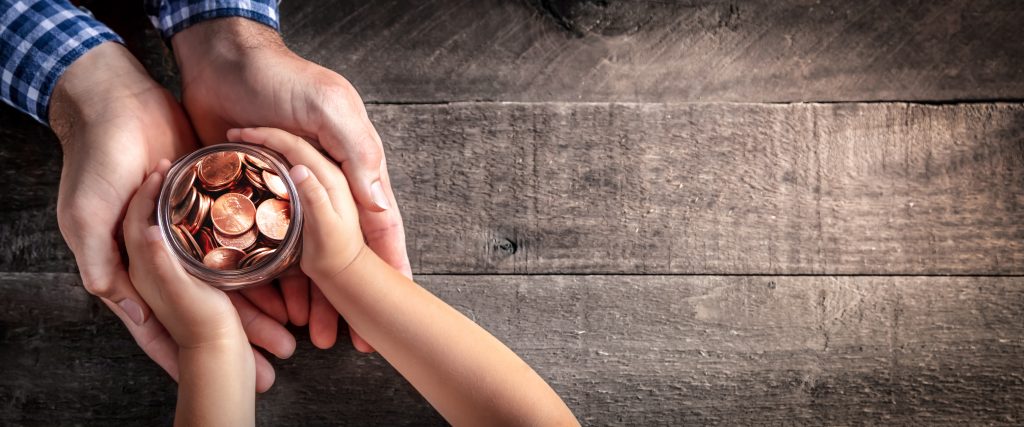
Securing your Child’s Financial Future – Junior SIPP or Junior ISA?
With the cost of living sky-rocketing and the balance of having enough cash for today whilst simultaneously saving for a comfortable retirement becoming harder to find, many parents are concerned what their children’s financial future may look like. How can you help your child to achieve key milestones in their future financial journey, such as buying a house or being able to retire?
The good news is, that even with modest monthly savings, you can make a huge impact on your child’s financial future by starting to save for them as early as possible. Even when they are just a baby, you can start a Junior ISA and/or Junior SIPP which, with compounding interest over their childhood and beyond, can provide an attractive boost to early adulthood or the ability to retire comfortably.
How do they differ?
A Junior SIPP is the best option when you are thinking about longer term financial gain for your child, by preparing them for a timely and comfortable retirement. You can pay up to £2,880 a year into a Junior SIPP on your child’s behalf and the Government will instantly pay a 25% top up, to a maximum of £3,600. This is available for children up to age 18.
Junior SIPPs work in the same way as Adult SIPPs in that any investment growth will be tax-free. The money will be accessible when they reach 57 (currently – but this will see further rises before your child reaches retirement age).
Although the focus of a Junior SIPP is to lock money away solely for retirement, your child may also have the opportunity to access the money earlier and invest it into another asset – property. This article explains how investing in property using a pension scheme works. This option allows them to build an income from property which can surpass the amount they would receive from their pension, giving them better control over their investment portfolio.
Alternatively, a Junior ISA is a better option if your goal is to provide them with an easily accessible pot of money in early adulthood, which could be used towards a house deposit, university fees or a first car.
You can save up to £9000 a year into a Junior ISA, but the government doesn’t provide upfront tax relief like it does for a Junior SIPP. Investment growth is tax-free and your child will be able to take over managing the account (and withdrawing funds) from the age of 18.
Which option is best for you?
Choosing between a Junior ISA and a Junior SIPP really depends on your goals and priorities for your child’s future. We all know how difficult it can be to get on the property ladder, and to juggle saving for a decent retirement when the costs of living here and now can be huge.
With the added flexibility of being able to utilise a pension for property investment, savings in the Junior SIPP are not as inaccessible as first thought. But perhaps a blended approach is best (saving in both an ISA and a SIPP) as it covers all bases and supports your child at all the key financial milestones in their adult life.
If you have any questions about utilising a pension for property investment, ask us a question here.

